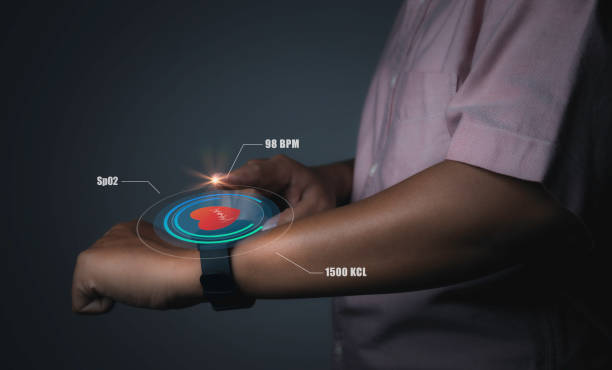Wearable technology has arrived and is already changing lives in ways we never could have predicted ten years ago. The smartwatch is one piece of wearable technology that has drawn a lot of attention; it is a compact but mighty gadget packed full of sensors that monitor various elements of our health and well-being. This essay tries to explore the complex world of smartwatch sensors, dissecting their use and importance in our daily lives.
The Role of Sensors in Smartwatches
Any smartwatch’s eyes and ears are its sensors, which collect information about our environment and ourselves.
These little parts collect a variety of data from our environment and our bodies, and they utilize this data to offer perceptions, suggestions, and alarms intended to improve our health and well-being.
Accelerometers and Gyroscopes: Interpreting Movement
Two of the most common sensors found in smartwatches are accelerometers and gyroscopes. Accelerometers track linear motion (think forward, backward, and side to side), while gyroscopes monitor rotational movement. Together, these sensors provide data that enables features like step counting, sleep tracking, and even the detection of falls – an especially valuable feature for the elderly or those with medical conditions.
Heart Rate Sensors: Tracking the Pulse of Life
Heart rate sensors use photoplethysmography (PPG) technology to monitor your pulse. By flashing a green light onto your skin and measuring the light that bounces back, the smartwatch can calculate your heart rate based on the changes in blood volume with each heartbeat. This data can help track your overall health, fitness levels, and even stress levels.
Electrocardiogram (ECG) Sensors: A Doctor on Your Wrist
Some smartwatches go beyond the basic heart rate sensor and include an electrocardiogram (ECG) sensor. An ECG sensor can detect the electrical signals in your heart and use this information to generate an ECG graph. This can potentially detect irregular heart rhythms, such as atrial fibrillation, offering life-saving early detection and intervention.
GPS: Navigating Your Fitness Journey
Global Positioning System (GPS) sensors in smartwatches enable you to track your location, distance traveled, and pace. This feature is especially useful for runners, cyclists, and anyone engaged in outdoor activities. It not only helps you navigate your way but also keeps track of your performance statistics, enabling you to review and improve your workout strategies.
Ambient Light Sensor: Balancing Brightness and Battery
An often overlooked but essential smartwatch sensor is the ambient light sensor. It adjusts the brightness of the watch’s display based on the light in your environment, enhancing visibility and readability. Additionally, it helps conserve battery life, as the watch display can dim in low light conditions.
Barometer: The Highs and Lows of Your Activities
A barometer in a smartwatch measures atmospheric pressure. It can be used to determine your altitude, which can be helpful when hiking or mountain climbing. It can also detect changes in weather, providing you with timely updates.
Conclusion
Smartwatches are more than just timepieces; they are complex devices brimming with a variety of sensors that offer valuable insights into our health and fitness. They track our heart rates, detect our movements, monitor our locations, adjust to our environment, and even predict the weather.
The array of sensors in these smart timepieces indeed signifies how far we’ve come in wearable technology. As technology continues to evolve, it’s exciting to anticipate what the future of smartwatches holds. Advanced sensors may soon measure more complex health parameters, predict health issues even before the wearer is aware, and maybe even connect us to artificial intelligence platforms for real-time health recommendations.


